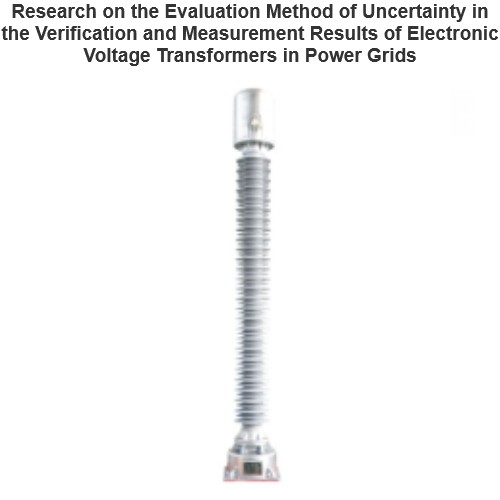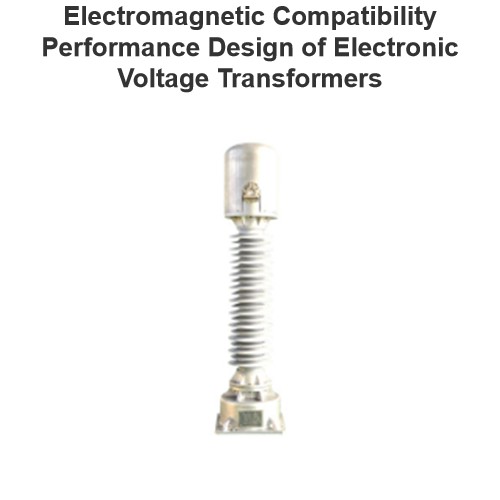What is short Circuit Voltage?
What is short Circuit Voltage?
Short-circuit voltage definition
The secondary winding of the transformer is shorted, the primary winding is added to the supply voltage, at this time, when the secondary winding flows through the rated current, the voltage value measured at both ends of the primary winding.
Uk%=Ur/Ue ×100%
Physical meaning
Short-circuit voltage is an important characteristic parameter of transformer, which is the basis for calculating the equivalent circuit of transformer and analyzing whether the transformer can run in parallel and separately. When short-circuit occurs on the secondary side of transformer, how much short-circuit current will be generated is also closely related to the impedance voltage. Therefore, it is also an important basis for judging the thermal stability and dynamic stability of short circuit current and determining the setting value of relay protection.
Conversion formula
X=Uk%×Un2×1000/(100Sn)
Standardization of short-circuit voltage
In order to properly deal with the contradictory requirements of normal operation and accident operation, the state gives different regulations on the impedance voltage of various types of transformers. In general, the higher the voltage level, the greater the impedance voltage value. The impedance voltage is standardized to adapt to the parallel operation of transformers because the voltage fluctuations of transformers with different impedance voltages are not the same when loaded.
We aim to gather electrical knowledge and share it with others.













